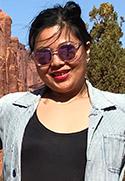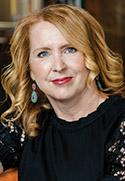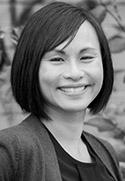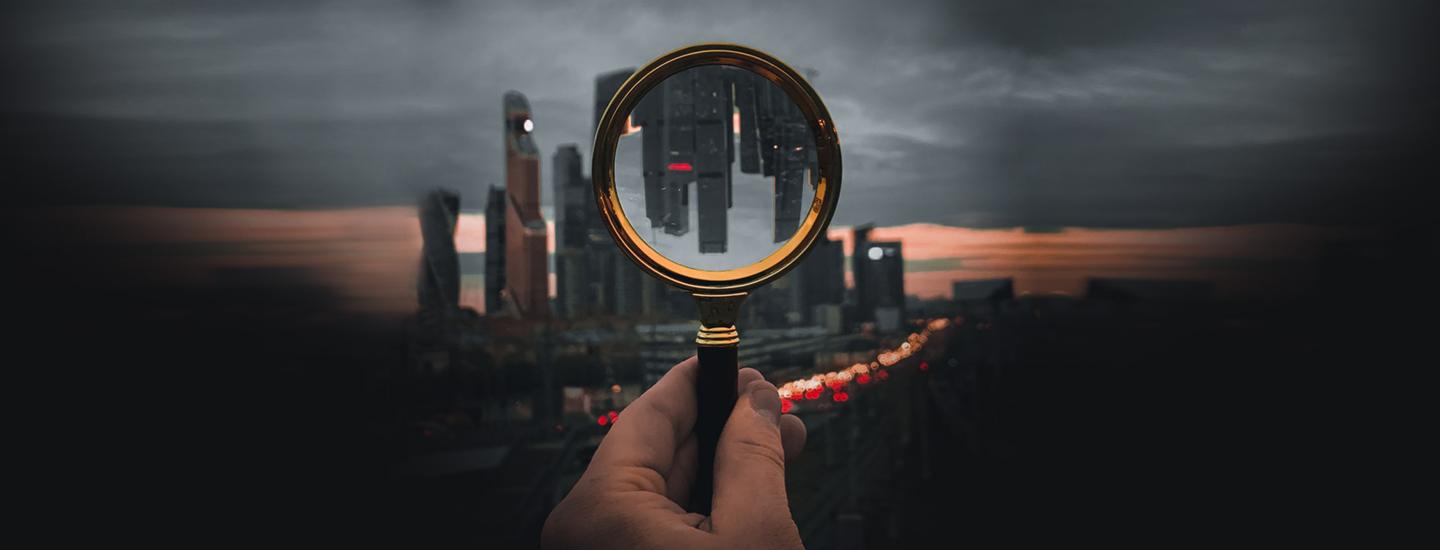
“When my family and I first came to Canada, I needed to pass licensing exams. This was overwhelming along with all the challenges of relocating, and I knew I needed support to prepare for the exam. That’s why I came to the School of Continuing Studies.” - Reem Alsaegh, SCS learner
When Reem Alsaegh came to Canada from Lebanon in 2014, she was eager to continue her career in electrical engineering. First, she would need to pass examinations required to earn a P.Eng. license. “When my family and I first came to Canada, I needed to pass licensing exams. This was overwhelming along with all the challenges of relocating, and I knew I needed support to prepare for the exam. That’s why I came to the School of Continuing Studies (SCS),” recalls Reem.
In 2016, Reem enrolled in our Licensing International Engineers into the Profession (LIEP) Program: Electrical. This certificate supports internationally educated engineering graduates who wants to work as a professional engineer in Canada, and helps them earn their P. Eng. license. “When I reviewed the curriculum, I felt immediately relieved and confident that this certificate would prepare me to pass my examinations,” says Reem. “SCS offered the support I needed to navigate becoming licensed in a new country.”
Throughout the certificate, which is offered in collaboration with the Faculty of Applied Science and Engineering at U of T, Reem worked with her expert instructors to review basic principles and solve problems by working through previous examinations and model questions. “We explored laws of contracts and torts, ethical aspects, social responsibility, and sustainability issues faced by professional engineers,” says Reem. “The biggest benefit however was improving my confidence going into the exam, and being surrounded by peers who were in the same situation as me. It was really comforting and interesting to study with other learners who had the same goals. We could really relate to one another. Everyone came from different backgrounds and cultures, but we were all in same place with the same focus. It was really beautiful to have that level of comradery and support.”
Reem’s hard work and dedication paid off; she has passed her exams, and her application to earn her P. Eng. license is currently being processed. Today, Reem is working at an engineering firm as an electrical designer in transportation, and is eager to take on more responsibility once she has her official license in hand. However, her commitment to lifelong learning has only just begun. “I was working while taking the certificate, and could apply what I was learning in class the next day at work. I was able to bring fresh ideas to the table. My next goal is to study project management at SCS, because most of my work is really project-based and I want to learn more about how to handle complicated projects from A-Z,” asserts Reem. “SCS helped me get back into the career I love. I feel more confident, more settled. Soon I will be a fully licensed engineer in Canada; my future feels bright.”
















